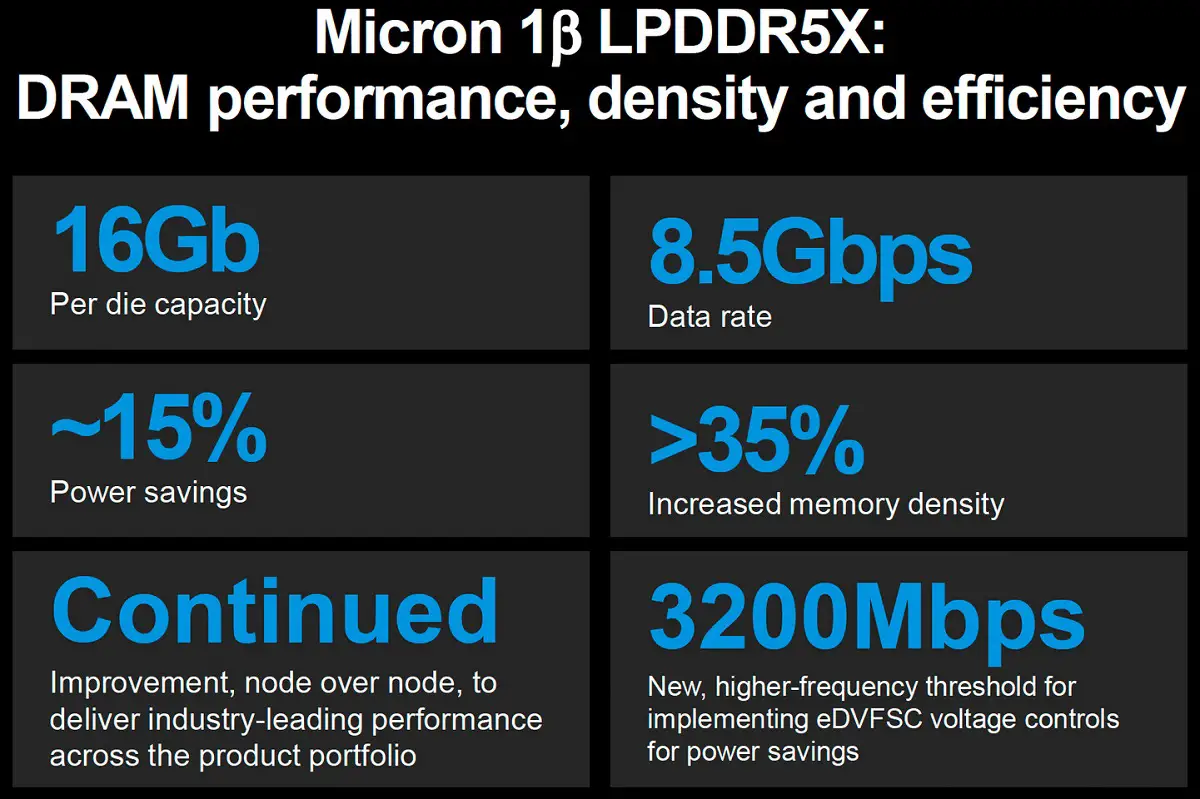Micron to cut DRAM and NAND output
Micron’s production of 3D NAND and DRAM has dropped by about 20% in the fourth fiscal quarter of fiscal 2022 (ending September 1, 2022) due to rapidly declining demand for memory and falling prices. The production cuts cover all of Micron’s technology nodes used for high-volume production, which means that Micron has cut production of almost all types of products.

According to Micron’s disclosure, its total capital for the fiscal year 2023 is approximately $8 billion, a 30% decrease compared to the fiscal year 2022. The cut mainly involves equipment purchases for new fabs, which will slow down the introduction of the latest manufacturing technologies. Micron said it was “working toward additional CapEx cuts” without elaborating.
“Micron is taking bold and aggressive steps to reduce bit supply growth to limit the size of our inventory,” said Sanjay Mehrotra, chief executive of Micron. “We will continue to monitor industry conditions and make further adjustments as needed. Despite the near-term cyclical challenges, we remain confident in the secular demand drivers for our markets, and in the long term, expect memory and storage revenue growth to outpace that of the rest of the semiconductor industry.“





